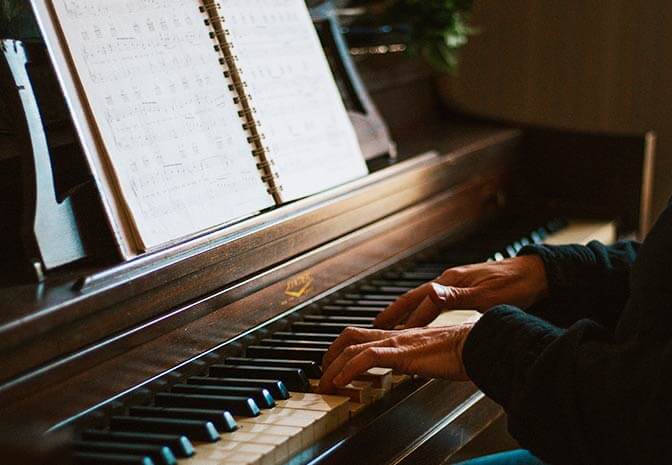While every continent in the world creates music that reflects their own culture and traditions, Europe strikes a chord with music-lovers across the globe for its incredible classical output. This means that a musical tour of Europe is a must for any classical music fan, or those who just want to learn a little more about it.
Many civilisations have practised classical music over the course of history, but the phrase commonly is attributed to the music movement that arose in Europe between the late 16th Century Baroque Period through to the Romantic Period of the early 20th Century. In addition to this, contemporary classical music also continues to be written today, and in the UK, the genre is celebrated every year in The Proms, an eight week summer season of live classical concerts. Now that The Proms has drawn to a close for another year, why not consider a musical tour of Europe? You’ll find that some of the most famous arrangements in history were created in Parisian apartments and Austrian cottages!
Discover Bach in Leipzig, Germany

Today, the city of Leipzig has a thriving cultural scene. Though it’s now seen as a playground for young creatives, it’s also steeped in musical tradition, with Bach, Mendelssohn and Wagner all having strong links to the city. The Bach Museum is a must see for all classical music fans, and holds interactive exhibitions, as well as immersive workshops for all ages. While you’re in Leipzig, be sure to visit St Thomas Church, where Bach served as Kapellmeister until his death in 1750. Inside you’ll find Bach’s final resting place, marked by an engraved plaque and often decorated by flowers left by fans of the musician. On entering, you’ll see a monument in his honour, commissioned by fellow composer Mendelssohn. If you visit Leipzig in June, you’ll also have the chance to enjoy Bachfest, a festival dedicated to the city’s famous ex-resident.
Fans of all music should head to the Museum of Musical Instruments in Leipzig University. Located near the city centre, close to the Opera and famous Gewandhaus, the museum holds almost 5000 instruments – some dating back as far as the 16th century when classical music first began to flourish.
Follow Beethoven’s footsteps in Bonn

Few cities can lay claim to one of music’s most celebrated composers like Bonn, in Western Germany. Ludwig van Beethoven grew up here, with somewhat humble beginnings, born in a small attic room which you can still visit today. Renovated into a fascinating museum, Bonngasse (or Beethoven-Haus) is full of manuscripts, letters and memorabilia from the legendary composer, as well as a chamber music hall which holds regular classical performances. With twelve rooms to walk through and 150 original exhibits to discover, this is a must-visit during your musical tour of Europe. You might also be lucky enough to catch a temporary exhibition which the museum often hosts – keep an eye on their website for details!
In the house next door, you’ll find the Digitales Beethoven-Haus. Here, there are over 6000 digitalised documents which can help you to explore Beethoven’s work, and an immersive 3D exhibition where you can see scenes from a couple of the composer’s operas.
Paris – Home to the Les Six

In 1917, while the majority of concert halls in wartime Paris were closing down, painter Émile Lejeune’s studio on 6 Rue Huyghens played on. Four members of the legendary Les Six – Erik Satie, Arthur Honegger, Georges Auric and Louis Durey held a concert together here, with their shared avant-guard musical vision inspiring Satie to form a collective. Once Darius Milhaud and Germaine Tailleferre joined in 1919, the set was complete, with their group acting as a rebellion against the conventional ‘salon music’ of the time.
Today, a lot of the collectives’ former haunts still survive. Satie’s tiny apartment on Rue Cortot is no longer open for visitors, but a plaque outside marks where the composer lived and wrote. Maison Claude Debussy is just outside Paris in Saint-Germaine and is the artist’s birthplace. Now a museum, the building houses original manuscripts, drawings and other artefacts, while there’s also a performance space on the third floor. While in Paris, many music fans like to place a flower on Maurice Ravel’s grave in Cimetiere de Levallois-Perret, whose most notable work is the Bolero.
Ready to take yourself on a musical tour of Europe? Book your ferry crossing with us today and start planning your cultural trip.



